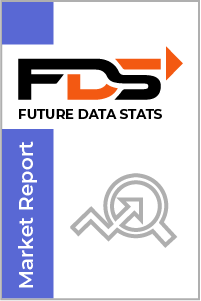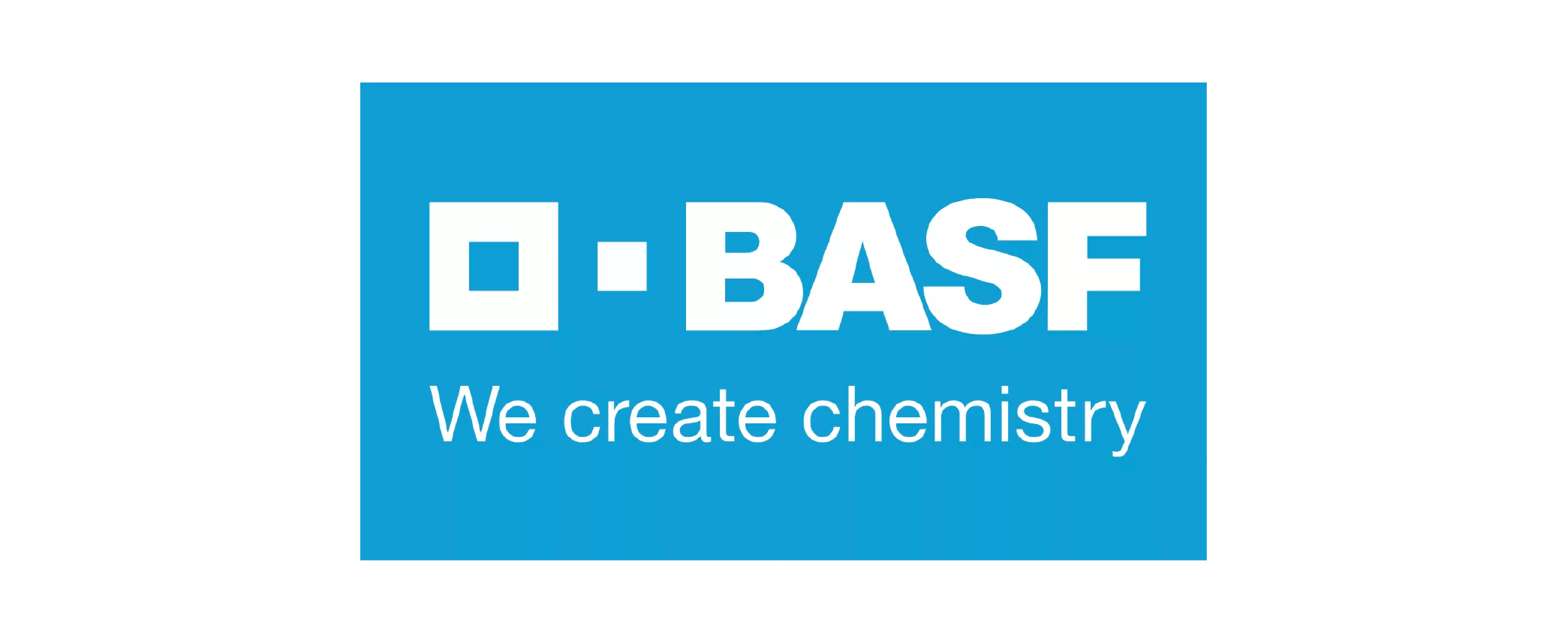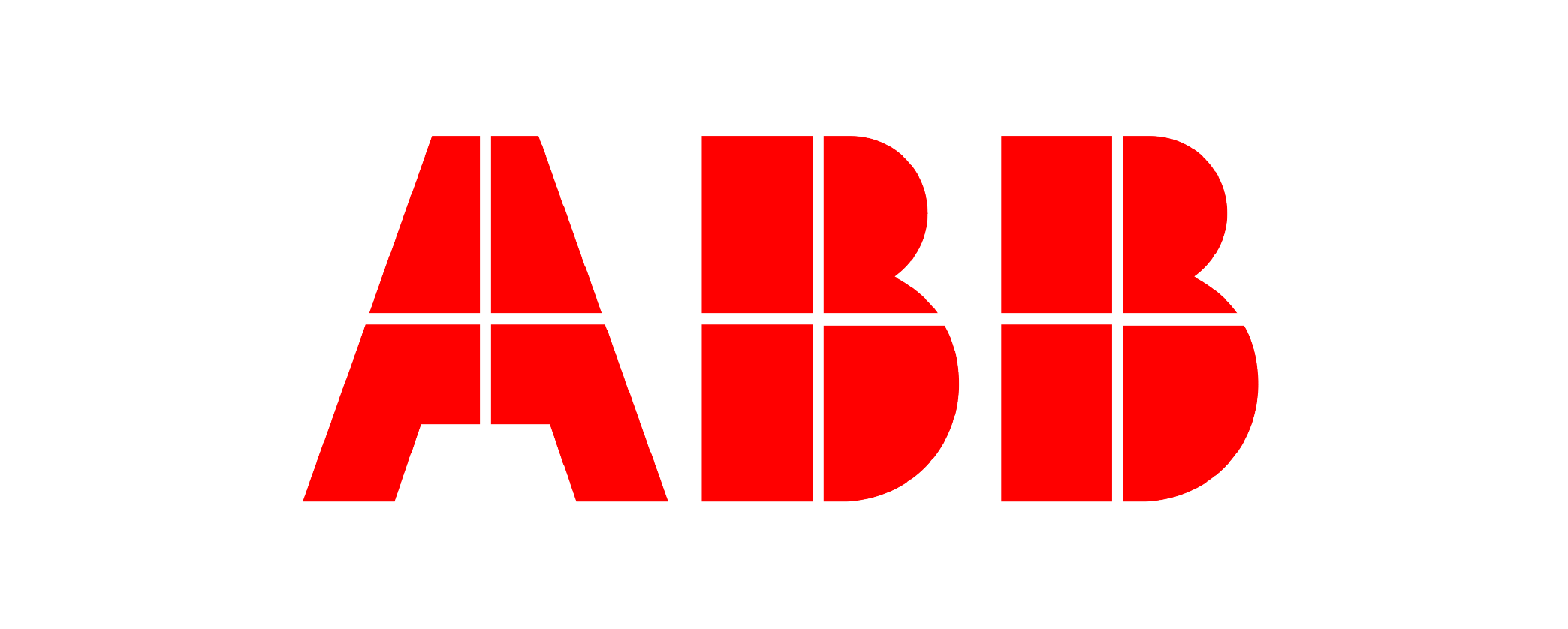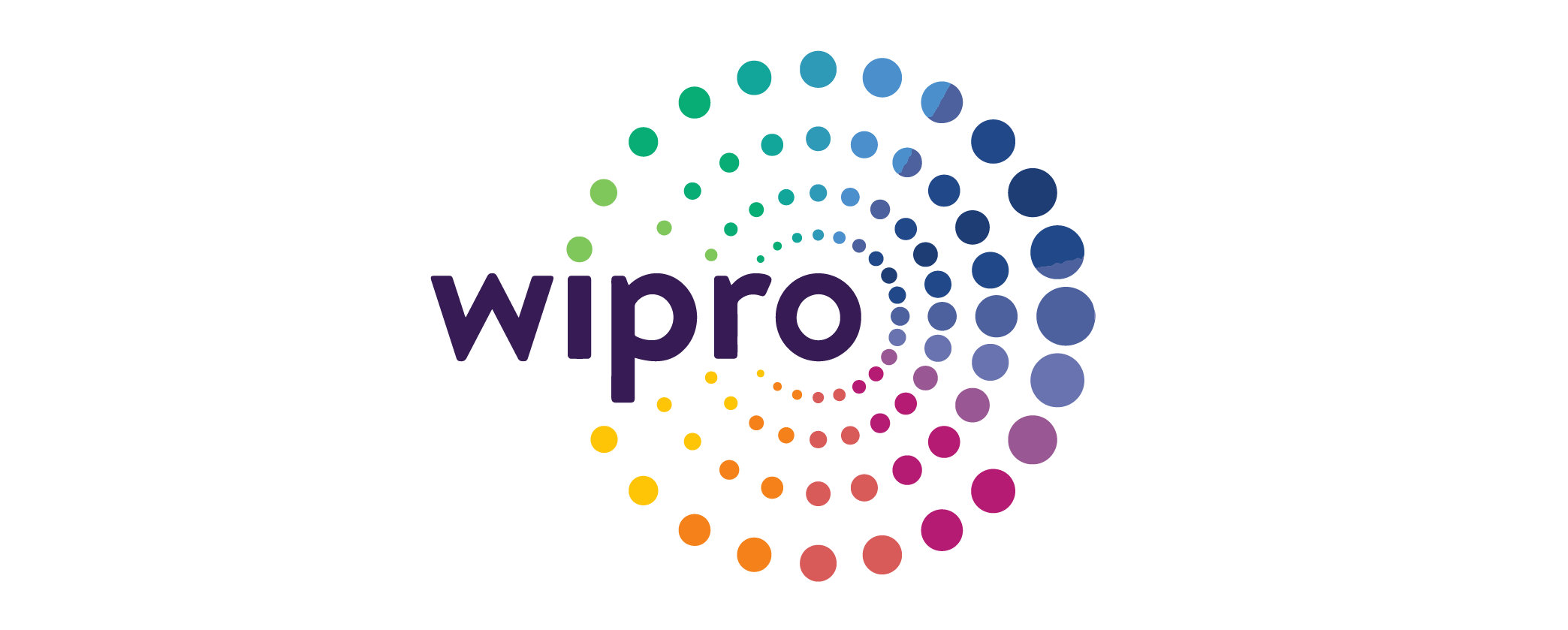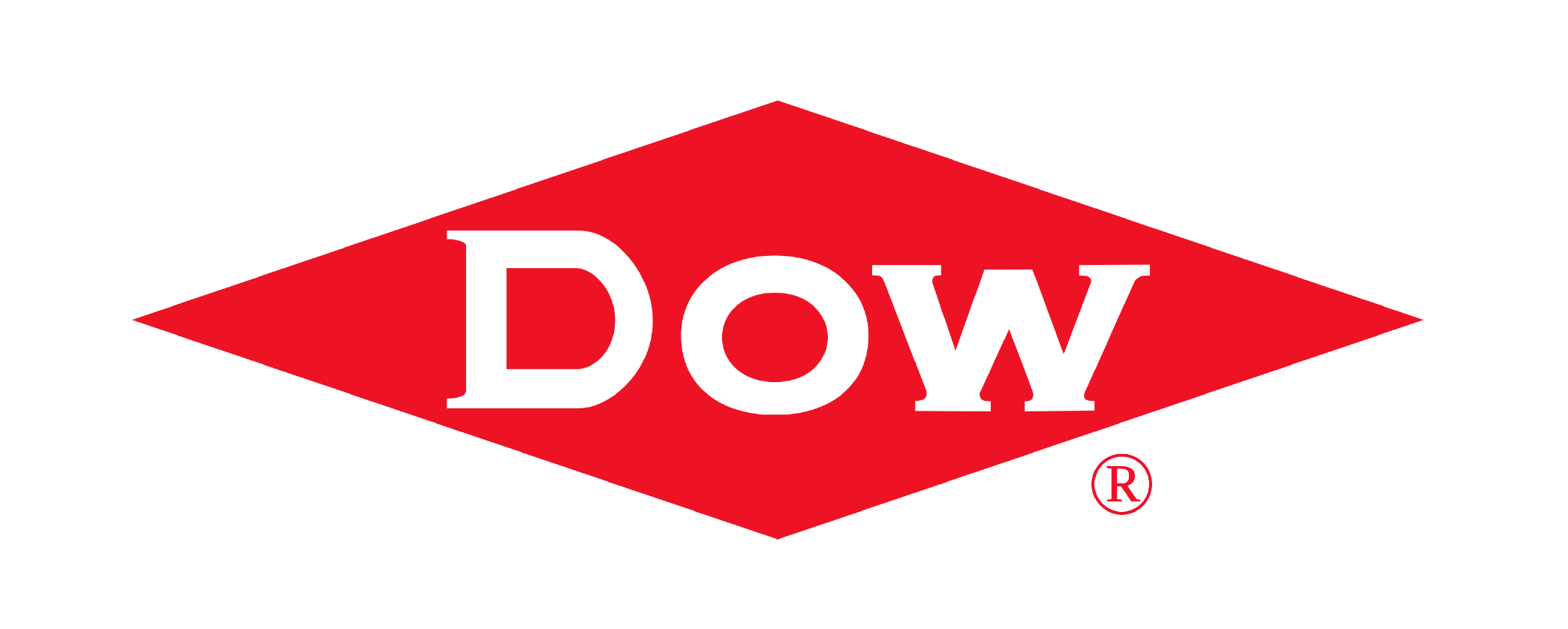The global Advertising Solutions Market size was valued at USD 900 Billion in 2024 and is projected to expand at a compound annual growth rate (CAGR) of 9% during the forecast period, reaching a value of USD 1800 Billion by 2032.
The "Advertising Solutions Market Research Report" by Future Data Stats provides an in-depth examination of the market landscape, utilizing historical data from 2021 to 2023 to identify key trends and growth patterns. Setting 2024 as the foundational year, the report explores consumer behavior, competitive forces, and regulatory frameworks that influence the industry. It transcends basic analysis, delivering a thoroughly researched forecast extending from 2025 to 2033. By employing sophisticated data analysis methodologies, the report not only outlines the market's growth trajectory but also uncovers emerging opportunities and foresees potential obstacles, empowering stakeholders with vital insights to adeptly navigate the changing market landscape.
MARKET OVERVIEW:
The advertising solutions market consists of tools, platforms, and services that help businesses promote their products or services across various channels. It enables companies to create, manage, and optimize marketing campaigns aimed at specific audiences, using data insights to improve engagement and return on investment. These solutions support both digital and traditional advertising formats, allowing brands to adapt their strategies based on changing consumer behavior. For market purposes, advertising solutions help companies increase visibility, drive customer acquisition, and enhance brand recognition. Businesses use them to reach potential customers at the right time and place, whether through mobile apps, websites, TV, or outdoor displays. By leveraging technology, advertisers can measure campaign performance in real time and refine their messaging to meet shifting market demands.
MARKET DYNAMICS:
The advertising solutions market increasingly adopt AI-driven tools to personalize content and automate campaign decisions. Real-time bidding, predictive analytics, and dynamic ad placements are transforming how companies reach their audiences. Social commerce and shoppable ads are gaining popularity, especially on platforms like Instagram and TikTok, where users expect fast, engaging interactions. Brands are also focusing more on immersive formats such as interactive video and augmented reality to create memorable customer experiences. Looking ahead, the market shows strong potential in emerging regions with growing internet access and smartphone use. Advertisers are exploring voice-activated ads, 3D content, and virtual influencers to stay ahead of consumer trends. Privacy-first strategies and ethical data use will become essential as regulations evolve. Businesses that adapt quickly to these trends and invest in flexible, tech-enabled ad solutions are likely to gain a competitive edge and expand their market reach.
Businesses are leveraging advanced technologies to reach specific audiences more effectively, driving innovation in the sector. As digital platforms expand, companies recognize the importance of data analytics to enhance campaign performance. This trend fosters a competitive environment, encouraging firms to develop more sophisticated advertising tools that cater to diverse consumer needs. However, the market also faces challenges that could hinder its progress. Privacy concerns and stringent regulations around data usage create obstacles for advertisers aiming to personalize their approaches. Additionally, the rapid pace of technological change means that companies must continuously adapt to stay relevant. Despite these restraints, opportunities abound in emerging markets and new digital channels. By embracing innovative solutions and addressing regulatory challenges, businesses can unlock new avenues for growth in the advertising landscape.
ADVERTISING SOLUTIONS MARKET SEGMENTATION ANALYSIS
BY TYPE:
Companies increasingly turn to online formats, driven by user behavior shifting toward digital consumption. Display and video advertising continue to gain traction as platforms improve targeting and user experience. Organizations leverage dynamic creatives to capture attention across websites, apps, and social feeds, pushing digital formats ahead of traditional ones. Mobile advertising plays a critical role, especially in regions where smartphones dominate internet access. Advertisers optimize formats like native ads to integrate seamlessly into mobile content without disrupting user flow. Programmatic buying further streamlines these processes by enabling real-time ad placements across channels and devices.
While traditional media—such as TV, radio, and print—retains value in specific demographics, its influence is waning in urban and younger markets. However, hybrid strategies that combine offline media with QR codes or digital redirects help bridge the engagement gap. Marketers use traditional formats strategically, often for broad brand awareness or regulatory-compliant messaging.
BY APPLICATION:
Retail and e-commerce sectors invest heavily in advertising solutions to drive traffic and improve conversion. Real-time data allows businesses to personalize content and retarget users based on browsing patterns. Advertisers focus on seasonal trends, cart abandonment recovery, and loyalty promotions to stay competitive in saturated online markets. The media and entertainment industry uses ads to build hype for new releases and streaming platforms. Campaigns often feature cross-platform content that blends promotional material with interactive features. Similarly, sectors like healthcare and BFSI prioritize trust and compliance, tailoring campaigns to inform rather than overtly promote.
Automotive, travel, and education rely on visual appeal and emotional storytelling in their ad strategies. While travel brands focus on destination imagery and aspirational themes, automotive companies highlight performance and innovation. Education platforms, on the other hand, depend on clear value propositions and testimonials to attract diverse learner segments.
BY PLATFORM:
Mobile remains the dominant platform, especially as users consume more content on smartphones. Marketers adapt formats for vertical video, app-based interaction, and tap-to-shop features. Responsive design and speed optimization become central to campaign success across mobile environments. Desktop continues to serve corporate audiences, particularly in B2B sectors and longer browsing sessions. Advertisers use larger display formats to convey detailed product or service information. Precision targeting, often based on job title or browsing behavior, helps maximize impact on desktop campaigns.
Connected TV and out-of-home platforms see a surge in engagement as they blend physical presence with digital capabilities. Smart TVs allow for interactive ad experiences, while OOH screens in high-traffic zones integrate QR codes or NFC for direct user action. These formats extend brand visibility beyond personal devices.
BY DEPLOYMENT:
Cloud-based solutions gain traction as they offer flexibility, scalability, and access to real-time performance metrics. Companies benefit from continuous updates and integrations with analytics tools. Cloud deployment allows rapid adaptation in campaigns, enabling businesses to respond quickly to market shifts. On-premise models still find favor in sectors with strict data governance requirements. Organizations handling sensitive consumer data—such as financial or government institutions—often prefer the control and customization that comes with in-house systems. These setups require more maintenance but offer higher security.
Businesses assess deployment models based on campaign volume, regional regulations, and internal capabilities. Larger firms often use hybrid models to maintain data oversight while leveraging cloud flexibility. The decision increasingly aligns with broader digital transformation efforts within the enterprise.
BY ORGANIZATION SIZE:
Large enterprises leverage their budgets to run multi-platform campaigns that span regions and languages. They often invest in advanced technologies like AI-driven targeting and sentiment analysis to fine-tune performance. Their marketing departments work closely with creative teams and data scientists to ensure cohesive messaging. SMEs focus on cost-effective channels with strong ROI potential, such as social media and influencer marketing. These organizations use automation tools to manage campaigns with limited staff. Access to easy-to-use platforms helps small businesses stay agile in competitive ad environments.
Both enterprise sizes prioritize reach and relevance, but their approaches differ in scale and tools. While large firms run branded content and sponsorships, smaller firms often tap into niche audiences through localized campaigns. Market accessibility improves as ad tech providers offer flexible packages catering to different business sizes.
BY INDUSTRY VERTICAL:
Consumer goods and FMCG brands continue to dominate ad spending, pushing product visibility across online and offline channels. Their success often hinges on volume-driven strategies and fast-paced creative turnover. Time-sensitive campaigns during holidays or events allow these companies to capture impulse-driven purchases. Technology firms promote innovation through storytelling, often positioning their products within lifestyle narratives. Advertising emphasizes usability, ecosystem integration, and long-term value. B2B tech firms also rely on thought leadership and data-rich campaigns to generate qualified leads.
Government and non-profit organizations use advertising to inform, engage, or mobilize public response. These entities often emphasize transparency, urgency, and local relevance. In contrast, the hospitality industry focuses on experiences and aesthetics, encouraging direct bookings and long-term loyalty through immersive visuals.
REGIONAL ANALYSIS:
In North America, businesses continue to lead in digital advertising innovation, with high adoption of programmatic platforms and AI-powered campaign tools. U.S. and Canadian companies invest heavily in cross-channel strategies, integrating social media, streaming platforms, and connected TV to reach diverse audiences. The region’s mature infrastructure and strong consumer spending support advanced ad formats and real-time performance tracking, making it a central hub for testing and scaling new solutions.
Across Europe, brands focus on privacy-compliant advertising and content tailored to multilingual markets. Regulations such as GDPR shape how companies handle targeting and data usage, encouraging transparent and ethical approaches. Meanwhile, Asia Pacific sees rapid growth driven by mobile-first populations, rising e-commerce activity, and expanding digital access. Latin America and the Middle East & Africa show increasing demand for mobile and social ads as connectivity improves. In these regions, businesses prioritize cost-effective, localized campaigns to engage young, digitally active audiences and tap into untapped growth potential.
MERGERS & ACQUISITIONS:
- In Jan 2024: Google acquired AdMob to strengthen its mobile advertising solutions.
- In Feb 2024: Publicis Groupe merged with Epsilon to enhance data-driven advertising capabilities.
- In Mar 2024: Adobe acquired Figma to integrate design and advertising tools.
- In Apr 2024: Verizon Media sold its advertising division to Magnite for $1.1B.
- In May 2024: Meta partnered with Accenture to boost AI-driven ad solutions.
- In Jun 2024: Amazon acquired Trade Desk to expand its programmatic advertising reach.
- In Jul 2024: WPP merged its media agencies to streamline advertising operations.
- In Aug 2024: TikTok partnered with Shopify to enhance e-commerce ad solutions.
- In Sep 2024: Microsoft acquired Criteo to bolster its retail media advertising.
- In Oct 2024: Omnicom acquired Flywheel Digital to strengthen e-commerce ads.
- In Nov 2024: Snap Inc. partnered with Nielsen to improve ad measurement tools.
- In Dec 2024: IPG acquired Acxiom to expand its data-driven marketing solutions.
KEY MARKET PLAYERS:
- Google Ads
- Meta Ads (Facebook & Instagram)
- Amazon Advertising
- Microsoft Advertising
- TikTok Ads
- Twitter (X) Ads
- LinkedIn Ads
- Snapchat Ads
- The Trade Desk
- Adobe Advertising Cloud
- Verizon Media (Yahoo Ads)
- Roku Advertising
- Pinterest Ads
- Criteo
- Magnite
- PubMatic
- DV360 (Google’s Display & Video 360)
- Hulu Advertising
- Reddit Ads
- Taboola
Advertising Solutions Market: Table of Contents
Executive Summary
Market Introduction
Research Methodology
Market Dynamics
- Drivers
- Restraints
- Opportunities
- Challenges
Market Trends and Insights
Impact of Macroeconomic Factors
Advertising Solutions Market Segmentation
- By Type
- By Application
- By Platform
- By Deployment
- By Organization Size
- By Industry Vertical
Competitive Landscape
- Market Share Analysis
- Key Players Overview
- Strategic Initiatives
Company Profiles
Conclusion and Recommendations
Appendix
- Glossary
- References
- List of Abbreviations
Advertising Solutions Market Segmentation
By Type:
- Online Advertising
- Offline Advertising
- Display Advertising
- Video Advertising
- Mobile Advertising
- Native Advertising
- Social Media Advertising
- Search Engine Advertising
- Programmatic Advertising
- Traditional Media Advertising (TV, Radio, Print)
By Application:
- Retail & E-commerce
- Media & Entertainment
- Automotive
- Healthcare
- BFSI
- Travel & Tourism
- Education
- Telecom & IT
- Consumer Goods
- Real Estate
By Platform:
- Desktop
- Mobile
- Tablet
- Connected TV
- Out-of-Home (OOH)
By Deployment:
- Cloud-Based
- On-Premise
By Organization Size:
- Large Enterprises
- Small and Medium Enterprises (SMEs)
By Industry Vertical:
- FMCG
- Technology
- Hospitality
- Government
- Non-Profit Organizations
By Geography:
- North America (USA, Canada, Mexico)
- Europe (UK, Germany, France, Italy, Spain, Rest of Europe)
- Asia-Pacific (China, Japan, Australia, South Korea, India, Rest of Asia-Pacific)
- South America (Brazil, Argentina, Rest of South America)
- Middle East and Africa (GCC Countries, South Africa, Rest of MEA)
WHY SHOULD YOU INVEST IN A MARKET RESEARCH REPORT?
Smarter Business Decisions:
A high-quality market research report delivers valuable insights into industry trends, customer preferences, and competitor strategies. With solid data guiding your choices, you can minimize risks and confidently pursue new opportunities—whether launching a product or expanding into new markets.
Spot Hidden Opportunities:
Market research uncovers unmet customer needs and emerging trends before they become mainstream. By aligning your products or services with these opportunities, you can stay ahead of the competition and capture untapped demand.
Know Your Competition Inside Out:
Gain a clear picture of your competitors' strengths, weaknesses, and strategies. This knowledge helps you refine your unique selling points, craft stronger positioning, and outmaneuver rivals effectively.
Sharper, More Effective Marketing:
Understanding your audience is key to successful marketing. Market research reveals who your customers are, what drives their decisions, and how they engage with brands. With these insights, you can create tailored campaigns that deliver better results and higher ROI.
Reduce Risks Before They Arise:
Every business move carries some risk—but research helps you anticipate challenges before they become costly. By analyzing market conditions and potential obstacles, you can make proactive adjustments to protect your bottom line and reputation.
Strengthen Your Case for Funding:
Investors and lenders want proof of market potential before backing a business. A well-researched report provides the data-driven evidence they need, boosting your credibility and increasing your chances of securing capital.
Stay Ahead of Industry Shifts:
Markets evolve fast, with new technologies, regulations, and consumer behaviors constantly reshaping the landscape. Regular market research ensures you stay informed, adapt quickly, and maintain a competitive edge in your industry.
RESEARCH METHODOLOGY AT FUTURE DATA STATS
At Future Data Stats, we combine decades of industry expertise with cutting-edge research techniques to deliver unparalleled market intelligence. Our team of seasoned analysts employs a dynamic, data-driven approach to uncover actionable insights, helping businesses navigate complex market landscapes with confidence.
Comprehensive & Cutting-Edge Market Analysis
We go beyond surface-level trends to provide a 360-degree view of market dynamics. Our research methodology is designed to:
✔ Accurately assess market size, growth patterns, and competitive landscapes.
✔ Identify emerging opportunities through real-time trend analysis and predictive modeling.
✔ Validate findings with high-quality data, expert consultations, and independent verification.
Our insights empower decision-makers with strategic clarity, ensuring they stay ahead in rapidly evolving industries.
Multi-Source Data Collection & Validation
We leverage a diverse mix of primary and secondary research sources, including:
- In-depth stakeholder interviews (industry leaders, suppliers, distributors, and end-users)
- Statistical databases & market reports from authoritative global sources
- Regional market intelligence to capture localized trends and demand shifts
- Proprietary analytical models tailored to specific industry needs
- By cross-verifying data from multiple streams, we ensure maximum accuracy and reliability.
Key Advantages of Our Research Approach
- Actionable Intelligence – Clear, data-backed recommendations for strategic planning.
- Technology-Enhanced Accuracy – Advanced tools for data validation and trend forecasting.
- Unbiased Insights – Independent analysis free from external influence.
Our Two-Tier Research Framework
- Primary Research – Direct Industry Engagement
- Expert Interviews: Over 25+ hours of discussions with key stakeholders across the value chain.
- Targeted Surveys: Structured questionnaires for KOLs (Key Opinion Leaders) to gauge market sentiment.
- Competitive Benchmarking: Assessing leading players to determine market positioning.
- Secondary Research – Extensive Data Synthesis
- Analysis of 3,000+ documents, including industry reports, whitepapers, and regulatory publications.
- Global & regional data mining from government databases, trade journals, and financial reports.
- Macroeconomic & sector-specific trend mapping for long-term forecasting.
Dual Analytical Approach
We employ both top-down and bottom-up methodologies to ensure precision:
- Bottom-Up Analysis: Calculating market size from granular data, ensuring detailed accuracy.
- Top-Down Assessment: Validating findings through macroeconomic indicators and industry benchmarks.
Why Choose Future Data Stats?
✔ 70+ years of collective expertise in market intelligence.
✔ Customized research models for sector-specific accuracy.
✔ Transparent, reliable, and forward-thinking insights.
With Future Data Stats, you don’t just get data—you get a strategic advantage. Partner with us to unlock the full potential of your market decisions.
Advertising Solutions Market Dynamic Factors
Drivers:
- Brands boost digital campaigns to reach targeted audiences.
- Companies embrace automation to streamline ad placements.
- Businesses invest more in data-driven marketing strategies.
Restraints:
- Users increase ad-blocker adoption across platforms.
- Privacy laws restrict data collection and targeting.
- Small firms struggle with rising advertising costs.
Opportunities:
- Emerging markets expand access to digital channels.
- AI improves ad personalization and engagement.
- Retailers explore in-app and influencer advertising.
Challenges:
- Ad fraud continues to drain marketing budgets.
- Market saturation reduces campaign effectiveness.
- Changing algorithms affect content visibility and reach.
Advertising Solutions Market Regional Key Trends Analysis
North America:
- Firms increase spend on video-based promotions.
- Retailers push cross-device ad strategies.
- Brands adopt interactive ad formats for engagement.
Europe:
- Agencies prioritize privacy-compliant campaigns.
- E-commerce players invest in omnichannel ads.
- Sustainability messages gain traction in ad content.
Asia-Pacific:
- Mobile-first ads dominate brand strategies.
- Local platforms grow in advertising influence.
- Video and gaming ads see rapid adoption.
Latin America:
- Social media ads drive consumer interactions.
- Influencer marketing sees strong brand uptake.
- Brands localize content for cultural relevance.
Middle East & Africa:
- Businesses increase digital ad budgets.
- Mobile networks support more ad content.
- Tourism ads focus on regional storytelling.
Frequently Asked Questions
